To the casual observer, Heineken’s weekend announcement that it is to pump £39m into its on-trade business might look like it is flying against the winds of change.
After all, isn’t the great British pub on its last legs, and aren’t gen Z more interested in staying home and scrolling social media than drinking pints and hanging out with pals?
Perhaps not. Dig a little deeper, and the rationale behind the cash injection into its Star Pubs & Bars chain becomes a little clearer.
The plans involve reopening 62 pubs – battered by post-Covid headwinds and cost of living concerns – that have been closed in recent years, as well as the refurbishment of more than 600 more.
Heineken seeks maximum value
Star says major improvements will be targeted at “transforming tired pubs in suburban areas into premium locals”. The refurbishments will “broaden each pub’s use and appeal”, with “subtle zoning areas” for dining and live sport introduced to allow different demographics to visit without disturbing each other.
As Star Pubs boss Lawson Mountstevens notes: “People are looking for maximum value from visits to their local. They want great surroundings and food and drink as well as activities that give them an extra reason to go out, such as sports screenings and entertainment.”
So this isn’t about Heineken ploughing money into dusty old drinking dens with no viable future. It’s a premiumisation push to create spaces which younger consumers will visit. While this customer base is less interested in drinking, they are willing to pay for better experiences when they do go out. Keeping this demographic engaged in the ritual of pub-going will help future proof Heineken’s on-trade business.
Draught beer prices on the up
However, let’s not pretend Heineken is making the investment for the goodness of society. The oft-maligned tied pub model, which critics say is partly why pubs are in such a mess in the first place, will ensure sales of its brands enjoy a healthy boost – if its plans succeed. Heineken once again increased its draught prices in January, and landlords of its tied pubs have no alternative but to swallow the hikes or pass them onto consumers.
Ultimately, investing in pubs will have a halo effect for Heineken’s brands. The on-trade has in recent years proven a fruitful environment to test drinks innovation before bringing it to the off-trade. The most high-profile example of this is Molson Coors’ Madrí, but new-ish Heineken brands like Beavertown, Brixton and – more recently – Cruzcampo have also benefited from the exposure Star’s near 2,500-strong estate brings.
Could the money be better invested in other areas of Heineken’s business? Perhaps. But would that generate the same slew of headlines this seemingly counter-cultural move has? It seems unlikely.








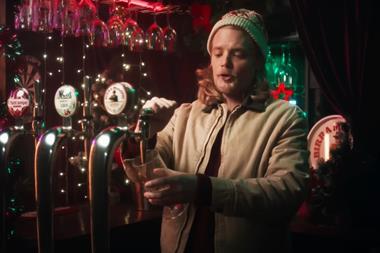
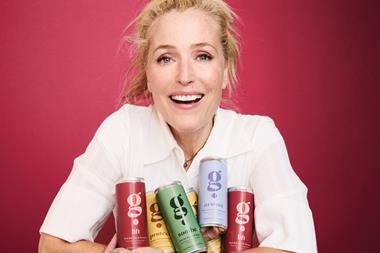
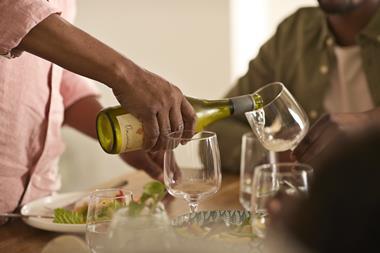

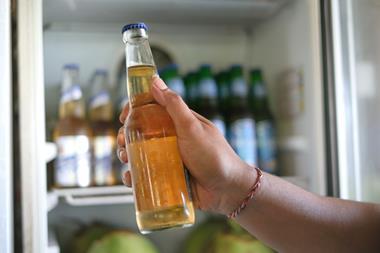

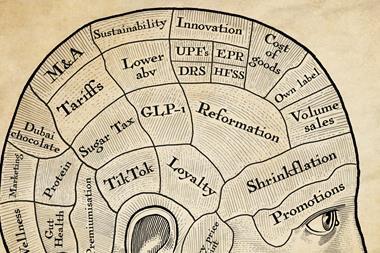


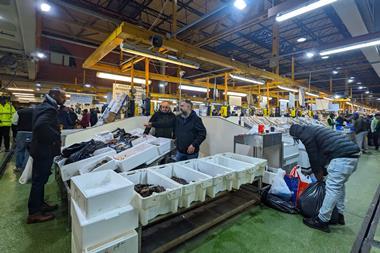
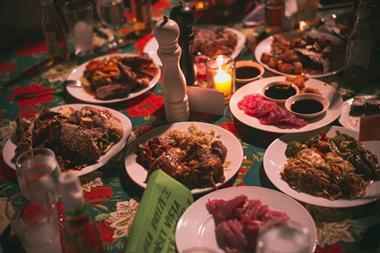

No comments yet